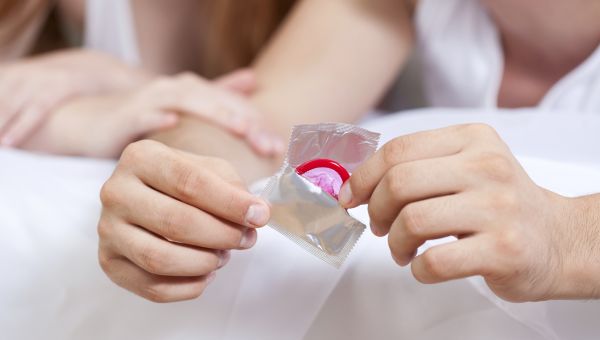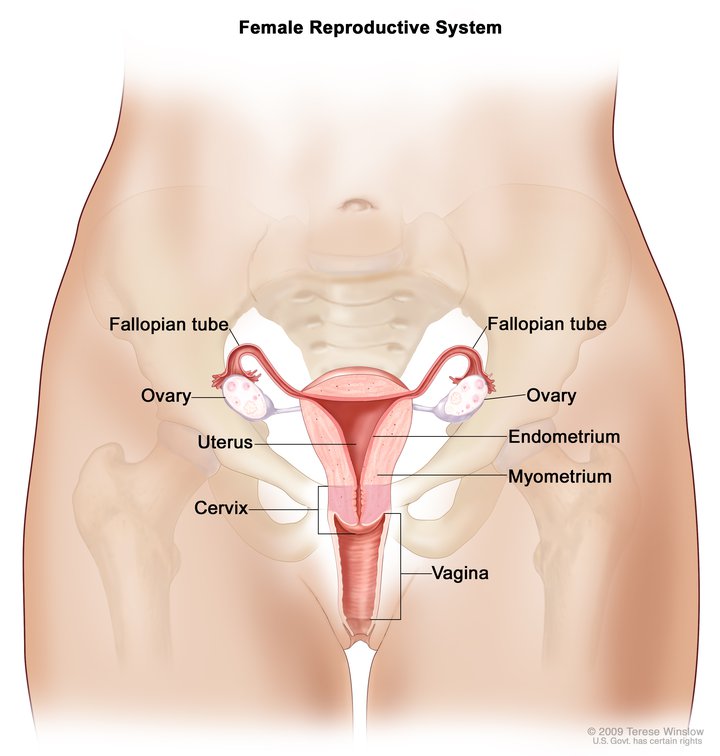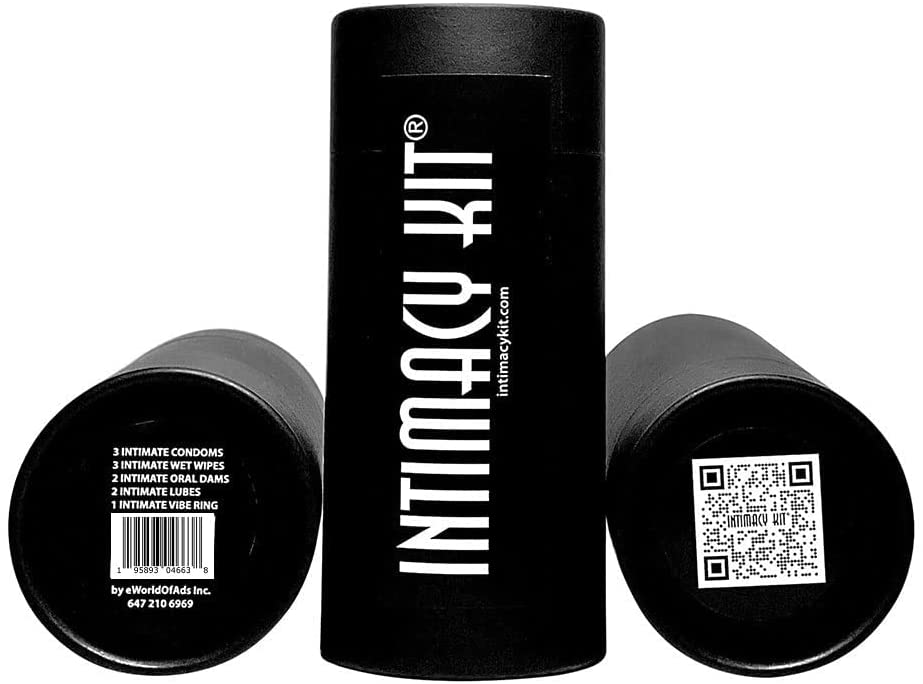How To Use A Condom

Health Advice
Latex condoms are intended to prevent pregnancy, HIV/AIDS, and other sexually transmitted infections. Latex condoms reduce the risk of transmitting STIs by providing a barrier against the source of the infection. However, they do not completely eliminate the risks of pregnancy and STIs. For additional information on condoms, STI, and pregnancy protection–or if you believe you have an STI–contact a health care provider or public health agency.
DIRECTIONS FOR USE:
- Use a new condom for every sex act. Lesions, pre-ejaculate secretions, semen, vaginal secretions and blood can all transmit infectious organisms.
- Tear open the package carefully. Do not use fingernails, teeth, scissors or anything that can damage the condom.
- Before any sexual contact, place the condom on the head of the erect penis. Be sure the rolled-up ring is on the outside. And leave space at tip to hold semen when you come.



- Squeeze tip gently so no air is trapped inside. Hold tip while you unroll condom all the way to the base of the erect penis. If the condom doesn’t unroll, it may be on backwards, damaged or too old. Throw it away and start over with a new condom.
- Immediately after ejaculation, hold the condom in place and withdraw the penis while it is still erect. Avoid spilling semen.
- Dispose of a used condom by wrapping it in tissue and throwing it in the trash. Wash your hands and genitals and surrounding areas with soap and water.
WARNINGS:
Caution: This Product Contains Natural Rubber Which May Cause Allergic Reactions.
This product also contains a lubricant. Some users are sensitive or allergic to lubricants. If you or your partner has had any reaction to latex rubber or lubricants, do not use this product. If either partner has any reaction to this product, stop use and see your doctor.†
For additional lubrication, use a water-based or silicone-based lubricant. DO NOT USE OIL-BASED LUBRICANTS, such as those made with petroleum jelly (e.g. Vaseline®), mineral oil, vegetable oil, or cold cream, as these may damage the condom. Avoid contact with talcum/baby powder because it may contain oil.
If the female partner is using vaginal products for medical treatment purposes, the condoms may be weakened and their effectiveness may be reduced.
Do not reuse condoms. Use a new condom for every sex act.
If the rubber material is sticky or brittle or obviously damaged, do not use the condom.
If the color is uneven or changed, do not use the condom.
Wash hands as well as penis, vagina and surrounding areas – before and after sex. This cuts the chance of infection.
Keep unused condoms in their packs in a cool, dry place (not in a wallet).
To avoid damage to furniture, do not place opened foil packet or used condom on any surface.
†For those with a latex allergy, consider using Trojan Supra™ Non-Latex BareSkin™ polyurethane condoms.





